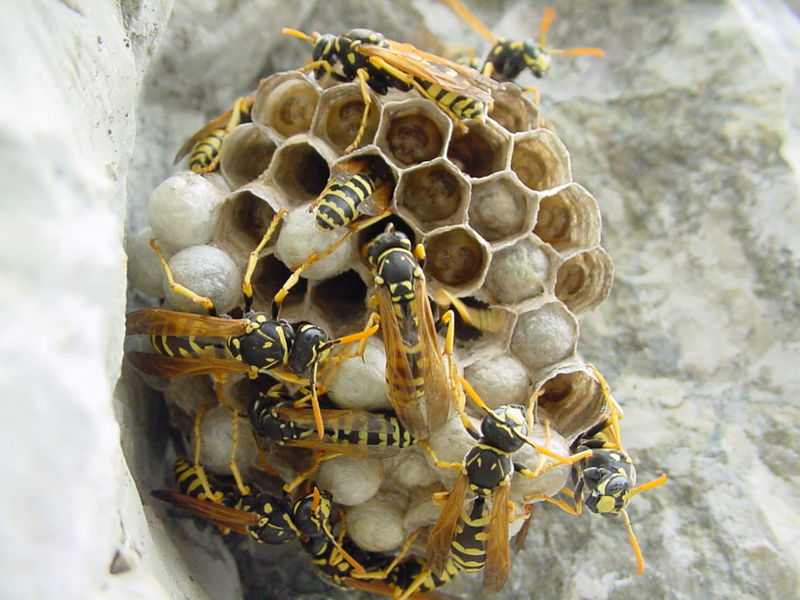Wasps are not as common as rodents, roaches and termites, but they can still cause trouble to any home. Unfortunately, getting rid of these creatures can often be quite dangerous, particularly if they have a large colony somewhere nearby. So if you presently have a wasp infestation at your home then here are several bits of information that may help you to deal with them.Behaviour and Habits
Wasps can either be social or solitary creatures, depending on their species. Social wasp species usually live in colonies that have thousands of workers at a time. In these colonies, the female workers do all of the work, while the queen is left to give birth to as many larvae and eggs as possible.
As for solitary wasps, they usually live on their own and do not require the support of a colony in order to survive. Also, unlike social wasps, their eggs can hatch on their own.
Different types of wasps also have different dispositions. Some are quite aggressive, and will sting their aggressors several times when threatened, while other types of wasps will actively avoid contact when possible.
Diet
Wasps can either be parasitic or predatory. Parasitic species of wasps usually lay eggs in the bodies of other insects and organisms, such as spiders or caterpillars. Once the egg matures, the larvae feeds upon their living host until such time that they can forcibly tear themselves out of their host. On the other hand, predatory wasps simply kill and devour insects in order to use them as food for their larvae.
Aside from insects and caterpillars, it’s also worth mentioning that wasps don’t always need to feed on prey. Sometimes, they can feed on nectar, and therefore act as pollinators in gardens.
Due to their diet and breeding patterns, most wasps help to control the numbers of other pests. This is why they are often used as “biological control agents” in farms and greenhouses. In residential areas, however, they can be quite a problem.
The Wasp Breeding Cycle
The queens of most species of wasps will usually produce unfertilized eggs during summer. Over time, these will grow into males, which in turn will fertilize those wasps that will later turn into queens in the succeeding year. Before that happens however, the fertilized females will first try to find shelter in order to keep themselves safe throughout winter. It is only when spring comes that the queen will begin to lay eggs. These eggs will produce worker wasps, and they are in charge of building the nest and feeding the larvae produced by the queen.
So given the time frame of the average wasp species’ breeding cycle, the best time to eliminate them is during the cold or wet seasons, since that is the time when the whole colony is most vulnerable. During spring or summer, eliminating them will be trickier due to their increasing numbers.

